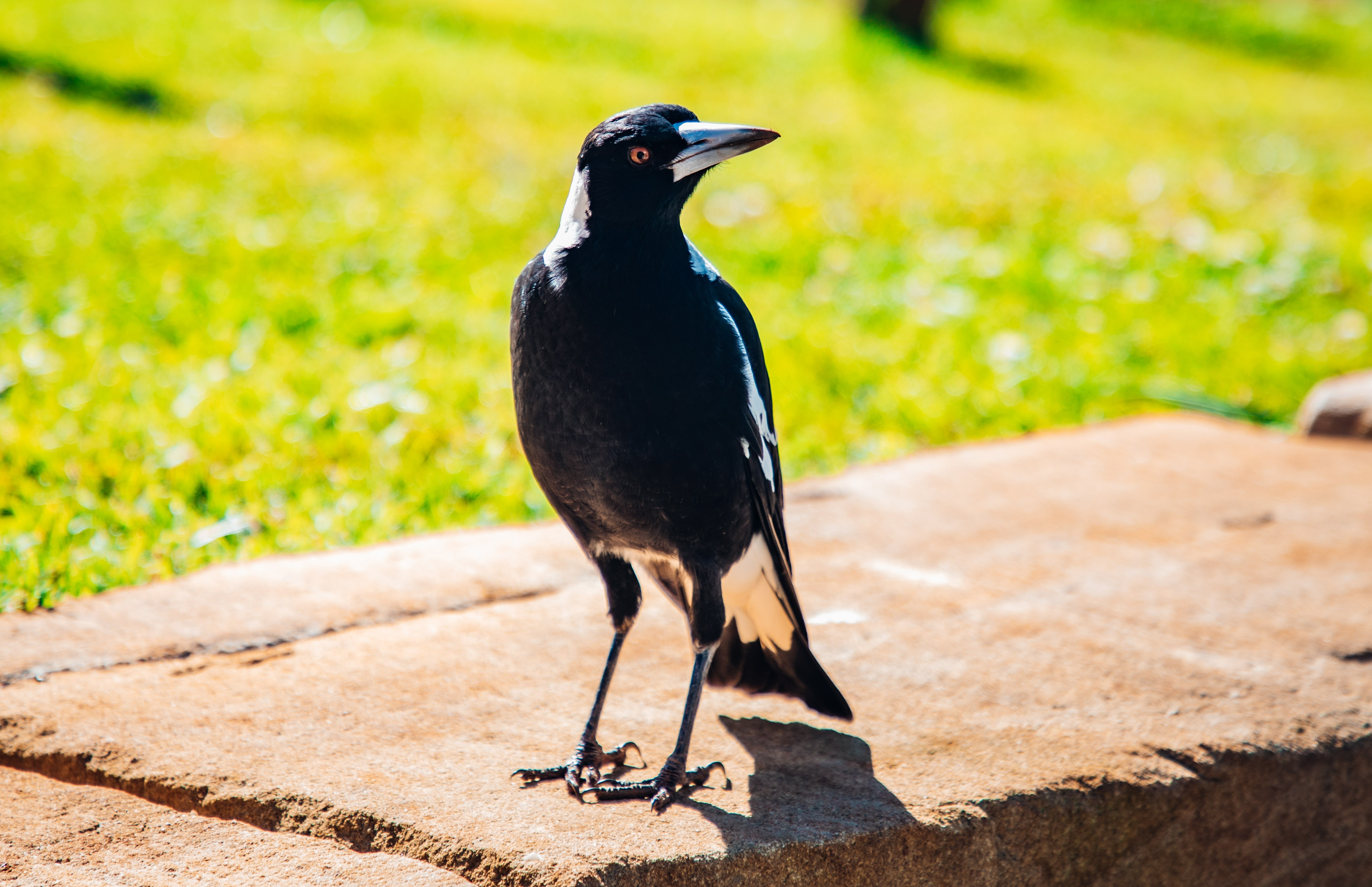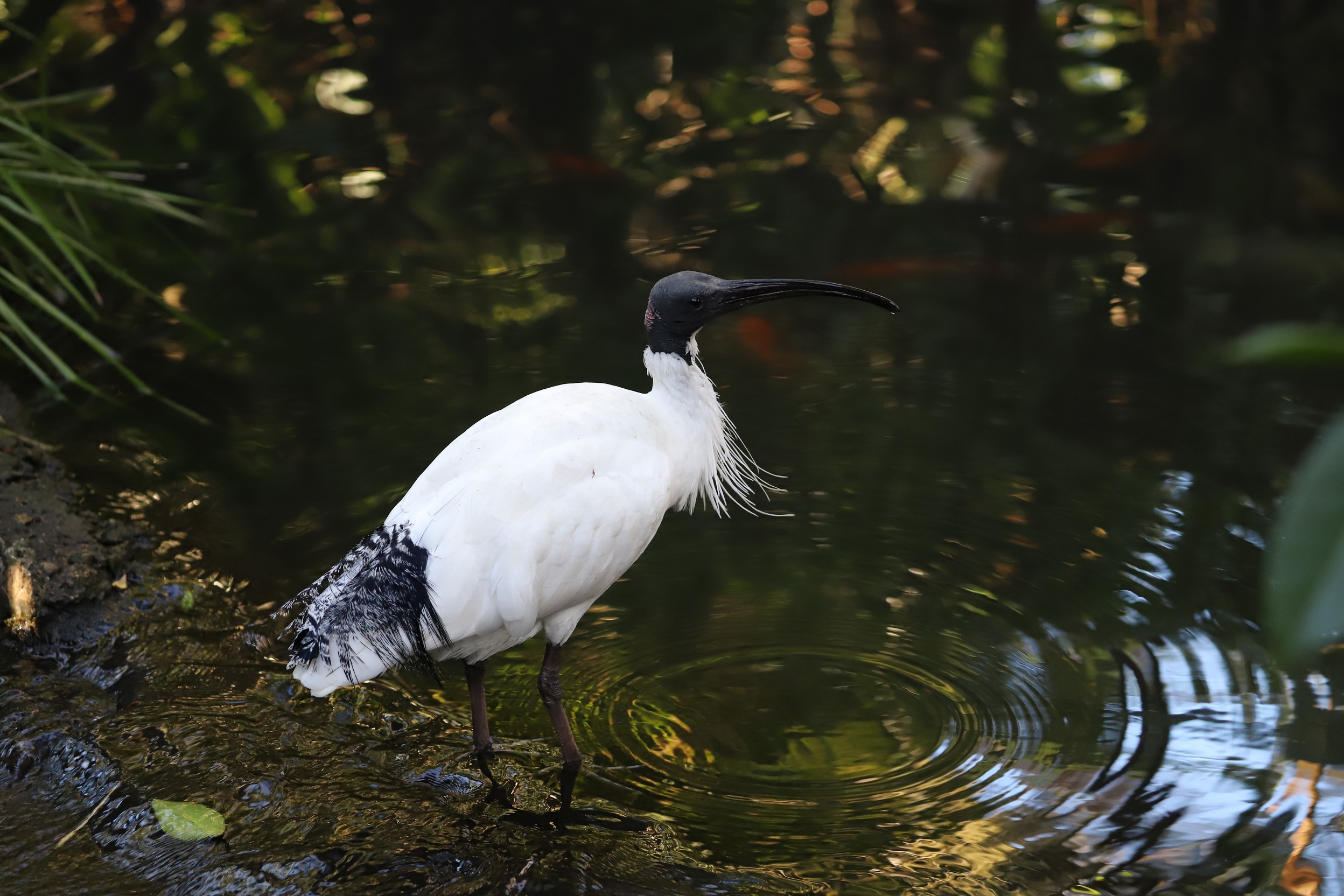We encourage residents to learn about our local wildlife, live alongside and help us to protect the valuable biodiversity we have in Sutherland Shire so our future generations can enjoy this unique place.



Living with Native Animals
- Talking to your neighbour is the best solution, but before you do, inform yourself about the bird species your neighbour is feeding.
- Identify what sort of food they are giving them and what their natural food source is.
- Suggest other ways of attracting birds without affecting the animal's health such as planting a native garden, or installing a bird bath.
- Hand them a factsheet of the bird in question so he /she can learn more about the species.
- If all else fails, contact your local National Parks and Wildlife Service office for more advice.
Australian brush turkeys are a protected species in NSW under the Biodiversity Conservation Act 2016 and it is against the law to harm them or collect their eggs.
In breeding season (between August - February each year), male brush turkeys will dig up large leafy mounds in order to attract females to lay their eggs. Once they have laid their eggs, the females will leave but the male will remain to incubate the eggs for 50 days. It is extremely difficult to stop male brush turkeys once they have begun to build their mound.
If a brush turkey has already established a mound in your yard, it is important not to disturb it but rather wait 60 days to allow the eggs to hatch and the chicks to emerge before dispersing it.
Find more information on how to manage brush turkeys in your yard here.
Swooping is a natural behaviour of birds that are nesting in an effort to protect their young from a perceived threat. Birds will generally swoop for 4-6 weeks between August and October each year.
The National Parks and Wildlife Service suggests:
- Avoid the swooping area by taking an alternative route. This is temporary while the nesting season finishes.
- Keep an eye on the bird as this may discourage attack.
- Protect your head and eyes with large, wide-brim hat, sunglasses, or an open umbrella.
- Dismount your bicycle.
- Do not disturb or provoke the birds as this may make them more aggressive.
- Contact us if you believe signage is needed.
Please remember is an offense to harm, kill or remove native animals. All native birds, reptiles, amphibians, and mammals in New South Wales are protected under the Biodiversity Conservation Act 2016.
As a rule, we don't interfere with native fauna as they are protected under the Biodiversity Conservation Act 2016. Depending on the native animal and the problem, we can provide you with advice on how to handle the situation, however, please note that the natural behaviour of wild animals is out of our control.
If you need advice on native fauna, you can Contact Us or your local National Parks and Wildlife Service Office.
Flying-foxes or fruit bats, are the largest members of the bat family. They are nomadic, nocturnal mammals that feed at night on nectar, pollen, and fruit. They are vital to the survival and biodiversity of Australia's native forests as they travel across large areas of Australia transporting pollen and dispersing seeds.
Flying-foxes are not a pest but rather a native animal at risk of extinction. Much of their natural habitat has been cleared for development and they are moving into urban areas as a result of habitat loss.
Learn more about them here.
Please report injured wildlife to WIRES on 1300 094 737.
Attracting Native Wildlife
- Plant native trees and shrubs.
- Install a bird bath or pond, safely secured away from small children and pets
- Put up a nest box. Our Community Nursery supplies possum boxes for a small fee or you can build your own.
- Conserve and create habitat. This can be as simple as providing small branches or rocks for wildlife to hide under.
- Join our Greenweb Program.
Please don’t!
Feeding native animals can cause them serious harm. Bread is especially harmful but even meat, seeds, fruit and honey can do more harm than good.
You can help provide food sources by planting flowering native trees and shrubs in your garden. For instance, plants such as hakeas, grevilleas, acacias, and melaleucas provide habitat and nutrition for birds, possums, and vulnerable native species, including the Grey-headed Flying-fox.
- To create wildlife corridors join the Greenweb Program.
- For advice on the best species to plant in your area so you create a food source for animals, see the native plant selector or visit our Community Nursery.